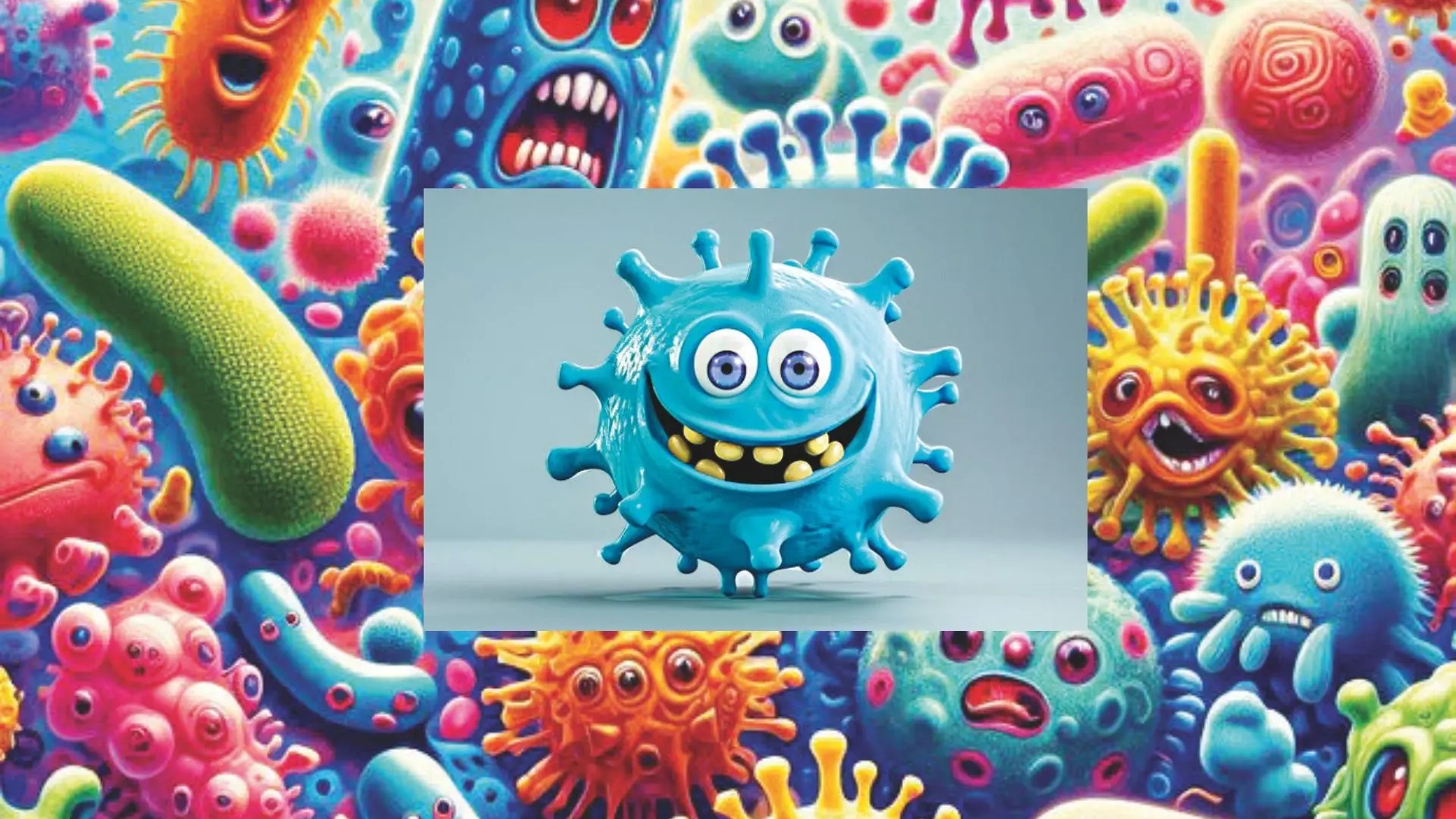The Scourge Of Superbugs
Antibiotic-resistant superbugs are posing a serious threat to public health and wreaking havoc in the medical realm

We’ve all been guilty of popping antibiotics and self-medicating at some point in our lives. Well, doctors are now warning about the ill effects of DIY healthcare habits. We’re unknowingly giving a flare to the fire of superbugs — pathogens that are no longer conquerable with our trusty meds!
Superbugs have emerged as a significant threat. A study in The Lancet warns that antimicrobial resistance (AMR) could claim over 39 million lives by 2050. Already, more than one million people have died between 1990 and 2021 due to AMR. The toll is expected to rise if we don’t take action.
Expert Speak
Dr. Nikhil Kulkarni, a specialist in internal medicine and Infec-tious Diseases (ID), mentions that diseases caused by superbugs include severe pneumonia, urinary tract infections, skin and muscle conditions, and sepsis.
The phenomenon of Antimicro-bial Resistance (AMR) in bacteria first started appearing after Penicillin was used in medical treatment for the first time in 1941. Dr Nikhil explains that bacteria, like all living organisms, naturally adapt to survive. Some bacteria develop mutations that allow them to resist the effects of antibiotics. These resistant strains multiply, and over time, they pass on their resistance to other bacteria through genetic exchange.
“There are a variety of antibiotics which the strains have developed resistance towards. People won’t be wiped out due to superbugs, thanks to the advancements in the pharmaceutical industry, the issue of antibiotic resistance is still a bit serious” Dr Nikhil adds.
Invincible Infections
Dr. Zubin Vaid, a consulting physician and infectious disease specialist explains that hospitals, due to the extensive use of antibiotics for treating various diseases, often harbor pathogens that are resistant to these medications. As a result, infections acquired in hospital settings can be more challenging to treat.
“People who are immunocompromised may be more susceptible to hospital infections compared to those with a healthy immune system,” adds Dr Zubin. So if a patient in the ICU develops severe UTIs or pneumonia, they may experience debilitating symptoms that can sometimes become life-threatening.
Elderly and children who already have weak immunity, along with individuals who frequently visit hospitals as patients or healthcare staff, are particularly vulnerable to superbug infections. Dr Zubin says, “We study the culture and genetic material of the bacteria to determine if the infection is caused by a superbug. Surpri-singly, individuals with healthy immune systems and no significant medical history can sometimes contract superbug infections. This underscores the seriousness of these infections.”
Socio-Eco Turmoil
Global leaders at the 2024 United Nations (UN) General Assembly have committed to reducing deaths caused by superbugs by 10% by 2030. They also pledged to ensure that all healthcare facilities have basic water, sanitation, hygiene, and waste management services by the same deadline.
Dr Rashi Tiwari, a PharmD pass out says that superbugs complicate normal disease conditions, leaving it untreatable and costing the patient a hefty bill and avoidable loss of life. Dr Tiwari explains that as pathogens become resistant to antibiotics, the drugs that pharmaceutical companies have invested billions to develop become ineffective. “So all their money, time and effort goes down the drain,” she adds.
This phenomenon has also discouraged innovation in the field of antibiotics. “The antibiotic space remains stagnant majorly due to poor return-on-investment (ROI) amongst other factors,” says Dr Tiwari. “Competi-tion from generics (unbranded drugs), development of resistance and cross-resistance and the looming risk of the drug becoming redundant in 2-3 decades due to AMR has flared this issue” she adds.
Superbugs Boom
Dr Zubin says that in India, the injudicious use of antibiotics has made these drugs redundant in our fight for recovery. “It’s easy to walk into a pharmacy and obtain antibiotics without a prescription. Many people self-diagnose and purchase high-dose antibiotics for mild conditions like a stomach ache, headache, or cold,” he says.
This frequent misuse makes the medication less effective over time. By only treating symptoms superficially, without targeting the root cause of the infection, the bacteria can adapt and become resistant to the drug. Dr Tiwari says,
“It’s not just unrestricted use in humans but also irresponsible dumping of such Active Pharmaceutical Ingredients (API) in the environment and misuse of antibiotics in livestock, which has contributed to this acceleration.”
Time For Solutions
The damage is done. So now how can the healthcare systems balance the need for antibiotic use? According to Dr Tiwari, regulations which incentivize and support pharmaceutical companies in innovation and avoid misuse, should be set in place.
The government has undertaken the Antibiotic Stewardship Programme to contain AMR. Driven by India’s National Centre for Disease Control (NCDC) in collaboration with international bodies like the WHO, the programme holds a training workshop annually, to educate stakeholders on the responsible use of antibiotics in healthcare settings to prevent misuse and overuse.
